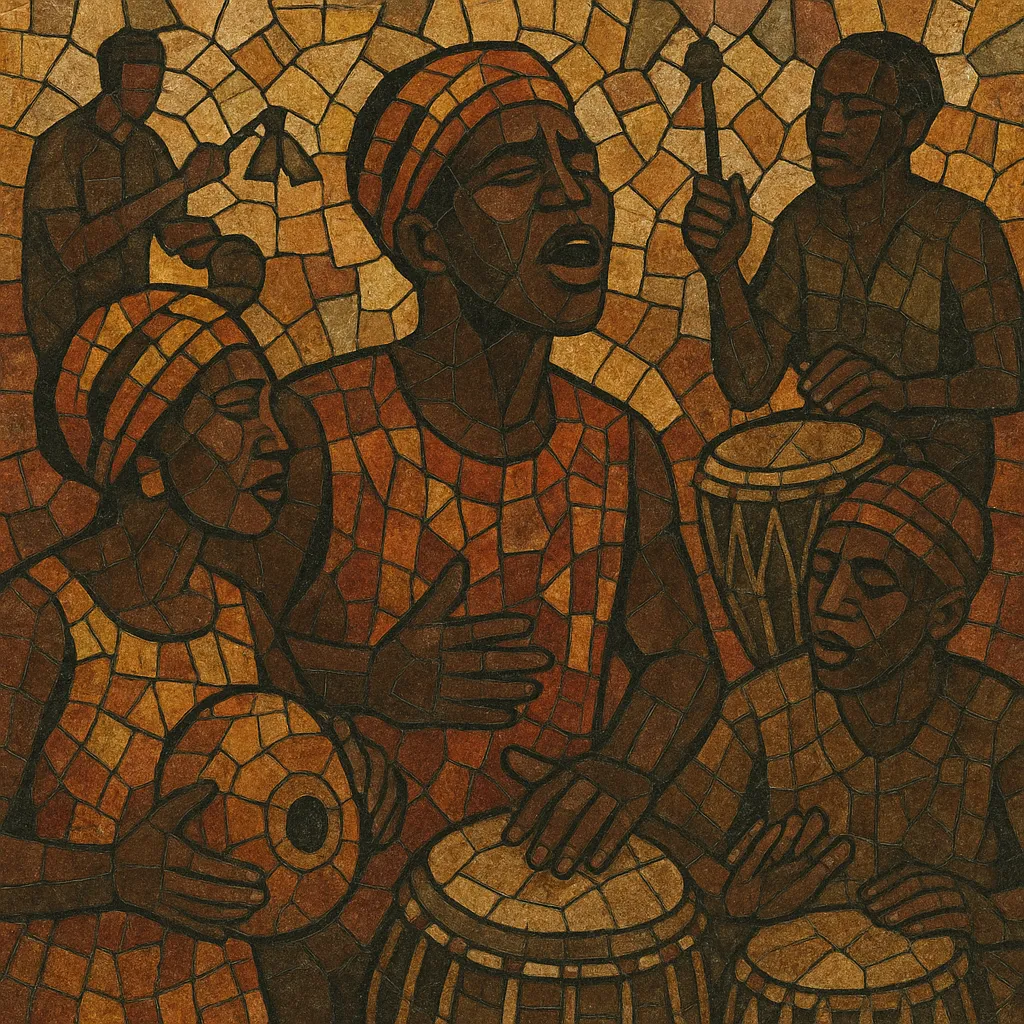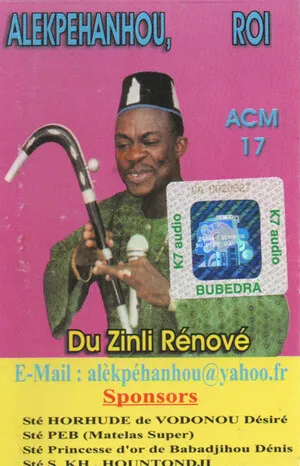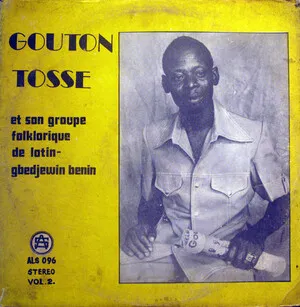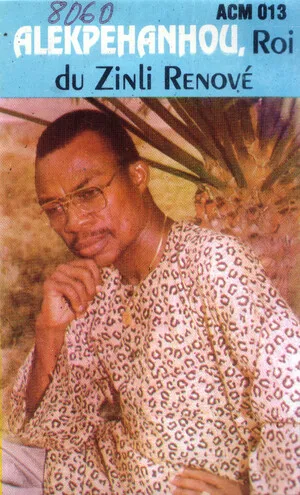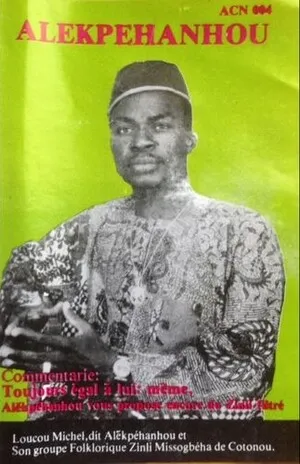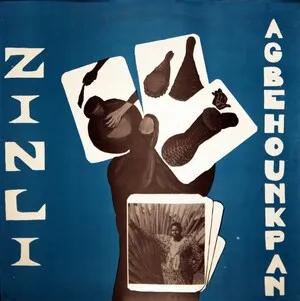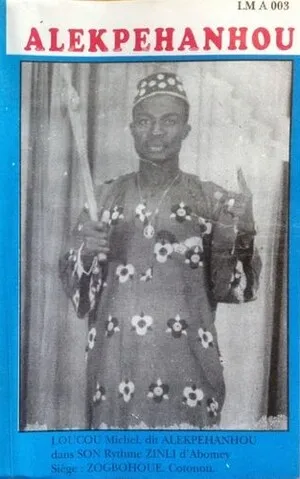Zinli is a traditional music-and-dance style of the Fon people from the Abomey region of present-day Benin. Rooted in royal court and communal ceremonial life, it features responsorial (call-and-response) singing in the Fon language over interlocking, polyrhythmic percussion.
Typical ensembles center on gourd percussion (calabashes), hand drums, iron double-bells, and shakers. A bell timeline in 12/8 or 6/8 anchors multiple drum parts while a lead singer (often a griot-like figure) trades phrases with a chorus. The result is a lilting, circular groove that is both processional and danceable, used for commemorations, festivals, and lineage rites.
While most strongly associated with courtly and ceremonial contexts, Zinli has also informed modern Beninese popular music, where guitars and horns may double traditional rhythmic patterns without losing the genre’s distinctive swing and responsorial structure.
Zinli took form within the royal and ritual culture of the Kingdom of Dahomey (centered in Abomey) during the 18th and 19th centuries. In this context, music served to mark processions, praise lineages, recount history, and structure dance. The core features—responsorial singing in Fon, a timeline bell pattern, and layered hand percussion—reflect broader West African musical logics while retaining local, courtly aesthetics.
Under French colonial rule (late 19th–mid-20th century), Zinli continued as community and palace practice. As missionary and school ensembles spread Western repertoire, Zinli persisted in ritual contexts and began to appear on cultural stages and at civic celebrations, shaping a recognizable Abomey musical identity.
After Benin’s independence (1960), state troupes and local ensembles presented Zinli on national stages and radio. The rise of dance bands in the 1960s–70s (and later world-music circuits) encouraged selective adaptation: artists integrated Zinli’s bell timelines, call-and-response, and polyrhythms into electric band formats while preserving its ceremonial character in traditional settings.
Today, Zinli remains a living traditional form performed by community troupes and at festivals in central and southern Benin. Its rhythmic vocabulary and responsorial style continue to inform Beninese popular music, educational ensembles, and international collaborations that foreground Fon cultural heritage.

